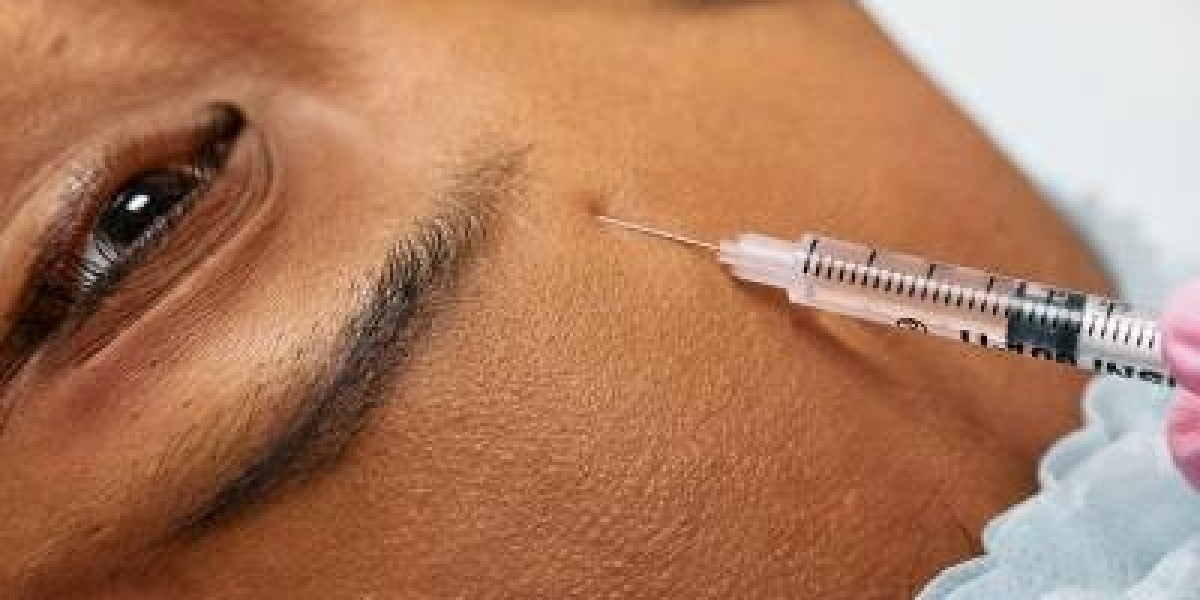If you’re considering underarm Botox for the first time to manage excessive sweating, understanding what to expect can help ease any concerns. This step-by-step guide walks you through the entire process, from preparation to aftercare.
1. Consultation with a Specialist
- Initial Appointment: Your first step is to schedule a consultation with a qualified dermatologist or healthcare provider experienced in administering Botox for hyperhidrosis.
- Discussion of Symptoms: During this appointment, you’ll discuss your symptoms, medical history, and any previous treatments you’ve tried. This helps the specialist determine if Botox is the right option for you.
- Customized Treatment Plan: Based on your discussion, the specialist will create a treatment plan tailored to your specific needs, including the amount of Botox required and the areas to be treated.
2. Preparation Before the Procedure
- Avoid Certain Medications: A few days before your session, you may be advised to avoid blood-thinning medications, such as aspirin or ibuprofen, to reduce the risk of bruising. Always follow your provider’s instructions regarding medication.
- Shave the Treatment Area: It’s often recommended to shave your underarms 24-48 hours before the procedure to ensure the area is clean and accessible. Avoid shaving on the day of your appointment to minimize skin irritation.
- Dress Comfortably: Wear loose, comfortable clothing on the day of your appointment to avoid irritating the treatment area afterward.
3. The Botox Injection Procedure
- Arrival and Preparation: Upon arrival, you’ll be asked to fill out any necessary paperwork. The specialist will then clean the treatment area to ensure it’s free of oils or lotions.
- Numbing (If Needed): Some providers may apply a topical numbing cream or ice packs to the underarms to minimize discomfort during the injections. This step is optional, as the procedure is generally well-tolerated.
- Injection Process: The specialist will inject small amounts of Botox into several sites within the underarm area. The number of injections typically ranges from 10 to 15 per underarm, depending on the severity of sweating. The entire injection process usually takes about 10-20 minutes.
- Post-Procedure Monitoring: After the injections, you may be asked to wait for a short period to ensure there are no immediate reactions. Most patients experience little to no discomfort during or after the procedure.
4. Aftercare and Recovery
- Avoid Exercise: It’s recommended to avoid strenuous exercise, heavy lifting, or any activities that might cause excessive sweating for 24 hours after the procedure.
- No Touching: Refrain from rubbing or massaging the treated area for at least 24 hours to prevent the Botox from spreading to unintended areas.
- Monitor for Side Effects: Mild side effects like slight bruising, redness, or tenderness at the injection sites are common and typically resolve within a few days. If you experience any unusual symptoms, such as severe pain or an allergic reaction, contact your provider immediately.
5. Results and Follow-Up
- Onset of Results: You’ll start to notice a reduction in sweating within a few days, with full results usually appearing within one to two weeks.
- Duration of Effect: The effects of Botox typically last 4-12 months. Your provider will discuss the expected duration based on your individual response and when to consider scheduling your next treatment.
- Follow-Up Appointment: A follow-up appointment may be scheduled to assess the results and determine if any adjustments are needed for future treatments.
Conclusion:
Your first underarm Botox session is a straightforward and generally well-tolerated process that can provide significant relief from excessive sweating. By understanding each step—from consultation to aftercare—you can approach the procedure with confidence and look forward to a more comfortable, sweat-free experience.






